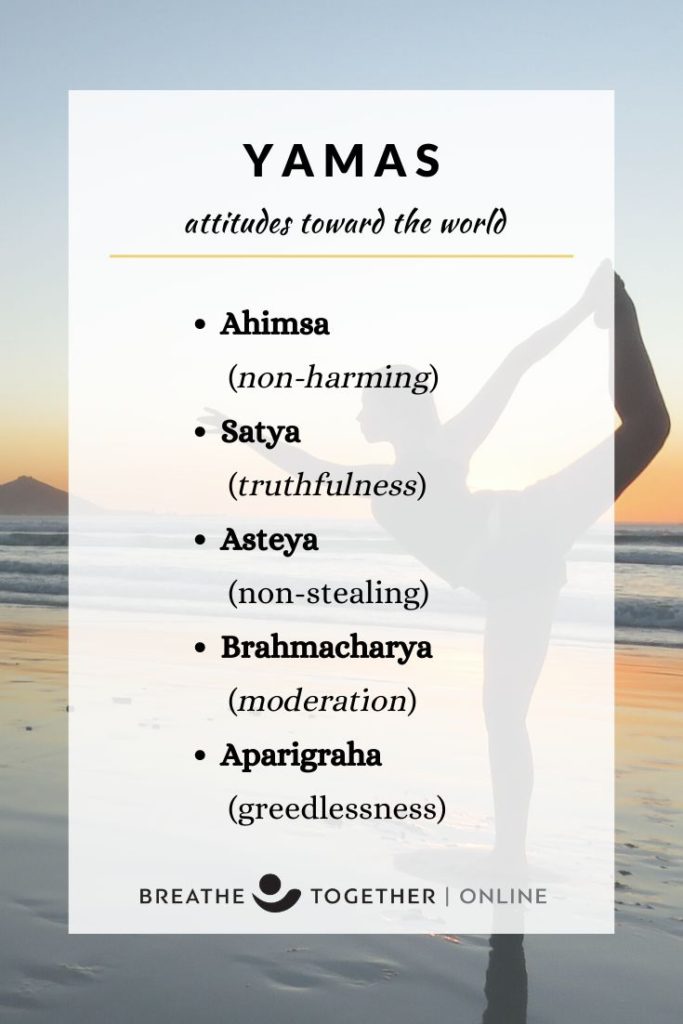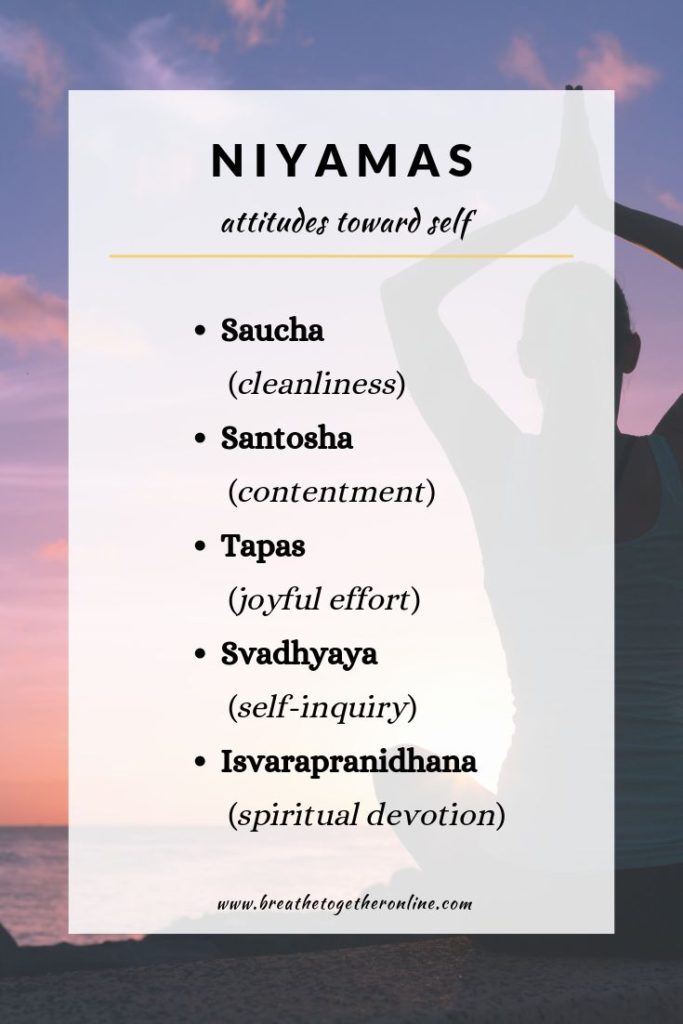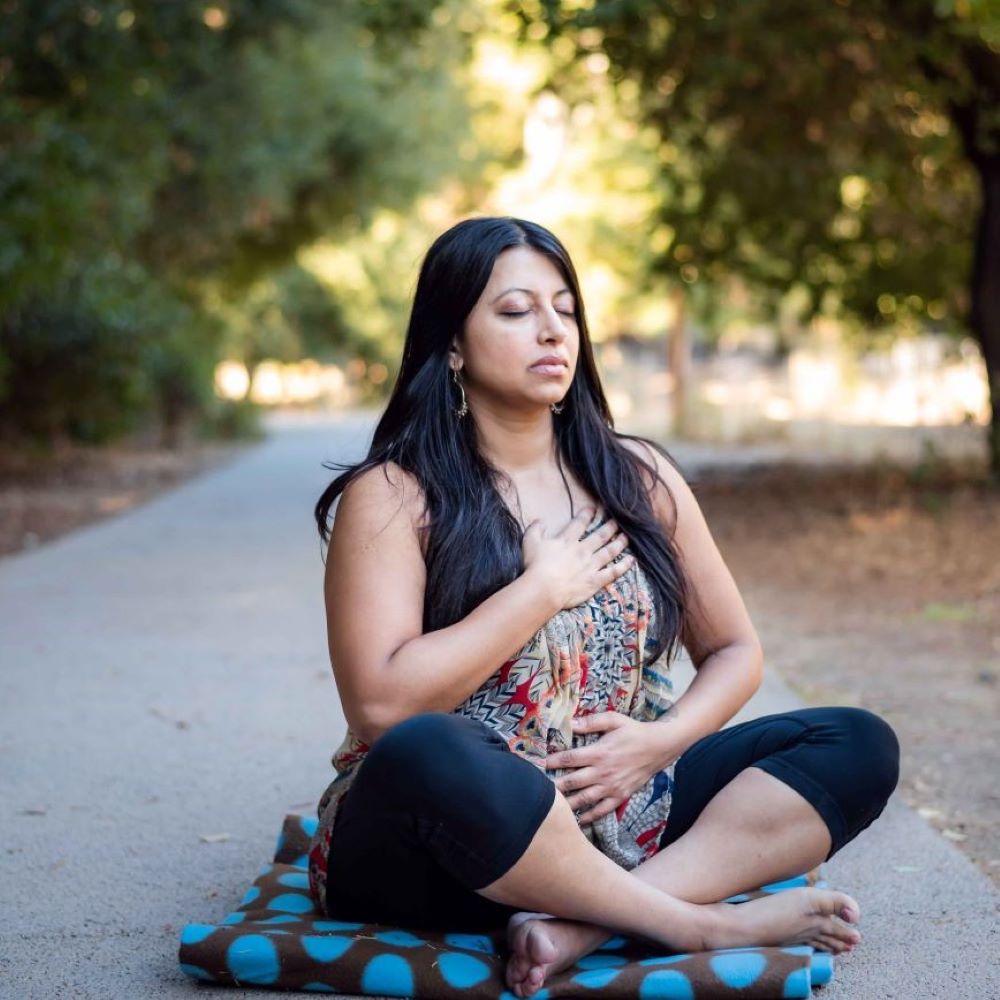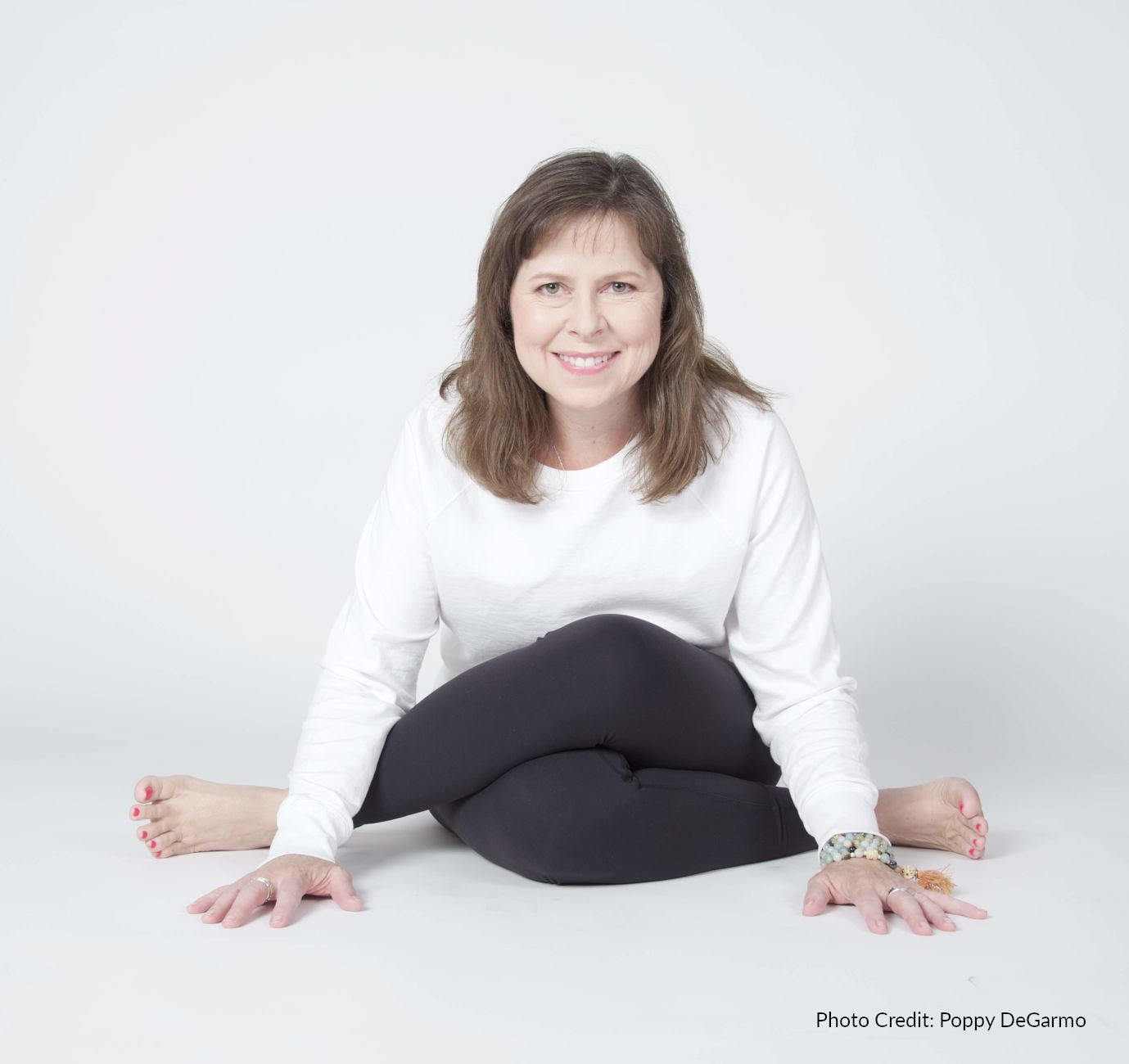Many people in the United States come to yoga as the result of an injury, doctor’s recommendation, stress relief, or in search of improved flexibility. A study published in the Journal of Health Psychology in 2014 reported that over 90 percent of people started practicing yoga in search of exercise and stress relief. However, the study also revealed that 62 percent of students and 85 percent of teachers change this reasoning over time and cite spirituality as a primary motivation for continued practice. While few studios even bring up the word “God” or even the ideas of spirituality in an average drop-in class, this study reveals that, for many people, over time, yoga becomes about something bigger.
Patañjali’s yoga sutras outline an eightfold path that coalesces into a rich system of practices and experiences designed to reduce suffering and improve our sense of peace and joy. Asana, or postures, are only one of the eight limbs. So, really, if you’re only exploring movement in your yoga practice, it’s like going to a buffet and only eating from the cheese station. Sure, it’s good, but what other flavors are you missing?
To see if anything beyond movement is appealing to your palate, here’s a brief overview of all eight limbs:
1. Yamas (observances or restraints): Yamas are restraints, as well as the awareness of how we carry ourselves in the world around us. They include ahimsa (nonviolence), satya (non-lying), asteya (non-stealing), brahmacharya (while sometimes translated as chastity, many interpret as not being careless or manipulative with sexual energy), and aparigraha (non-grasping or non-coveting).

2. Niyamas (disciplines): This limb refers to the awareness of how we are toward ourselves. The niyamas are: saucha (cleanliness), santosha (contentment), tapas (zeal or zest for life), svadhyaya (self-study), and ishvarapranidhana (surrender to something bigger than self).

3. Asana (posture): Often, we first meet the word “asana” as something tacked on to the end of our yoga poses: uttanasana (forward fold), trikonasana (triangle pose), bhujangasana (cobra pose). And, while sometimes translated as “pose,” asana is more literally translated to mean “seat.” Asana brings the body into position and asks that we sit or stay there for a period of time. Beyond toning and releasing tension in the body, the postures become containers for multiple layers of mental processes and help us get better at managing the challenging positions that life can throw us into.
4. Pranayama: Pranayama is often translated as “breath control.” But, like most Sanskrit words, this term can also be translated to mean: energy, life, or life force. In other traditions, it’s called chi or qi. Managing the prana can start with very simple breathing techniques like ujjayi or three-part breath, and evolve into a multi-dimensional practice that recognizes subtle energy channels in the body and a rich alignment between the breath and the nervous system. It could be said that much of the physical yoga practice is an effort to ensure that prana, or life force, is moving well in every nook and cranny of the body.
5. Pratyahara (control of the senses): According to Vedic Teacher David Frawley, pratyahara is composed of two Sanskrit words, prati and ahara. “Ahara can be translated as food or anything we take into us from the outside. Prati is the preposition, meaning against or away.” As such, pratyahara is considered a mastering of the input our body receives from the world around us (i.e. the five senses). The five senses are often compared to five horses drawing a chariot. As the driver, you don’t want the horses to steer the cart; you want control over the direction of the horses. In an age where our senses are constantly tempted and stimulated, allowing them to run unchecked can lead to patterns of behavior that leave us physically and emotionally unbalanced. How could you pay more attention in relation to sight, sound, taste, touch, and smell in your life? Can you eat more slowly? Can you stop on a forest walk and smell the fresh scent of the earth? Notice how simply inviting more awareness to your sensory experience makes you feel.
6. Dharana (deep concentration): Often defined as “single pointed focus” or “fixed concentration,” dharana is the effort to steady the mind on one thing. Oftentimes, as soon as we start watching the mind, we immediately notice its propensity to jump from thought to thought to thought. This is absolutely normal. But, the ability to be more present with what you are, and how you are, can be a valuable exercise. Have you ever seen a beautiful sunset and completely immersed yourself in that moment? It feels so nice to sit with the beautiful and simple setting of the sun that we are drawn toward this state without even realizing it. Now, imagine if you could create this on your own and gain the same sense of well-being. This is the value of exploring the sixth limb of yoga.
7. Dhyana (meditation): Dhyana is often translated as “meditation” or “deep sense of union,” but, it can often be confused and interchanged with dharana. Famed restorative teacher Judith Lasseter explains, “When rain starts, the moisture of clouds and fog (everyday awareness) coalesces into concentrated moisture and becomes distinct raindrops. These raindrops represent dharana – intermittent moments of focused attention. When the rain falls to earth and creates a river, the merging of the individual raindrops into one stream is like dhyana or meditation.”
8. Samadhi (bliss or complete absorption): While it’s impossible to express the breadth of samadhi in a few sentences, some might argue that the concept is quite simply delivered in Patañjali’s second sutra, yogaś citta vr̥tti niṛodhaḥ. One translation reads this to mean: “We become whole by stopping how the mind turns.” Satchidananda’s version states, “The restraint of the modifications of the mind-stuff is yoga.” At its core, yoga is trying to help you distinguish between the reality that you have created for yourself (based on your experiences), and the actual vast connectedness of all matter, space, and time. Lasseter calls it, “a state of being intensely present without a point of view.” The beauty of Patañjali’s teaching is the idea that we can fully become present at any time, regardless of our history or station in life.














